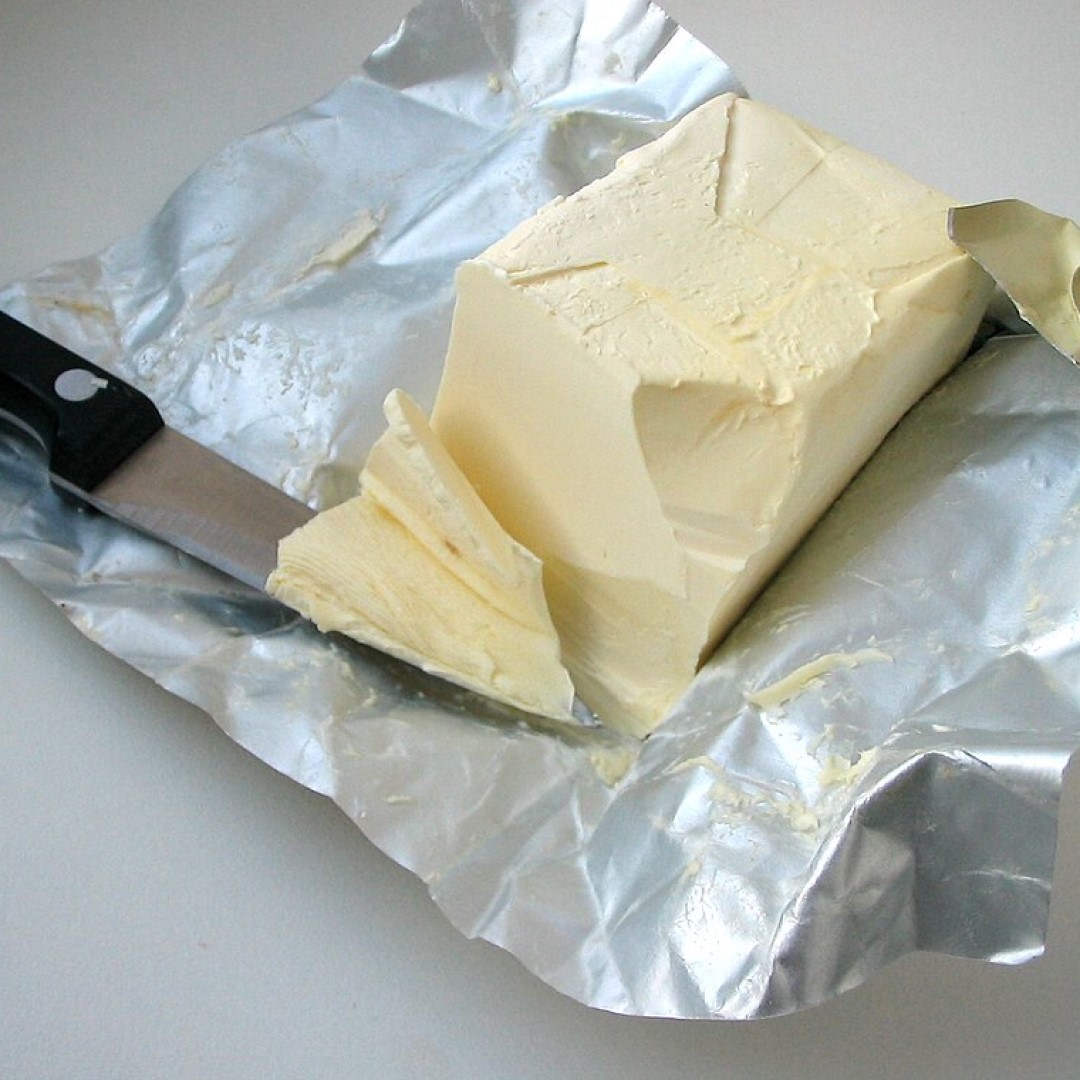
The Oleomargarine Act defined the essence of butter and imposed a two-cent per pound tax on oleomargarine
On Jul. 23, 1886, the 49th Congress (1885–1887) set in motion an era of commercial regulation by passing the Oleomargarine Act which defined the very essence of butter and imposed a two-cent per pound tax on oleomargarine, a butter substitute made from animal fat.
The law, which President Grover Cleveland signed 10 days later, came after months of debate over whether the federal government could (or should) regulate private economic activity, as well as the areas of interstate commerce, agriculture, and public health.
The debate pitted dairy interests against virtually everyone else, and featured graphic (and often false) descriptions of the processes used to create margarine, which had been invented in France only 17 years before. The vivid imagery came courtesy of Chicago meatpackers, who capitalized on the new product since its manufacture at the time harvested excess animal fat that had earlier gone to waste.
Margarine also yielded high-profits but cost very little, making it popular among both industrialists and the millions of consumers who couldn’t afford real butter during a lingering economic recession. Dairy interests, however, saw margarine as a threat and appealed to Congress to regulate it with a prohibitive tax.
The political clout of the dairy industry led to laws imposing prohibitions and limitations on the competing margarine product. The Oleomargarine Act, which remained in effect until 1950, foreshadowed later attempts to regulate private economic activity. Less than a year later, the same Congress passed the Interstate Commerce Act, which established the Interstate Commerce Commission and regulated railroad rates.
Tags:
Source: U.S. House of Representatives, History, Art & Archives
Credit:
